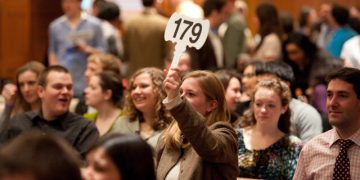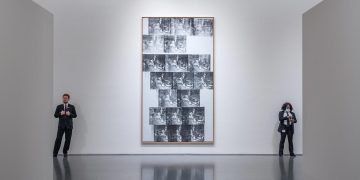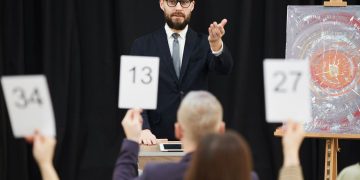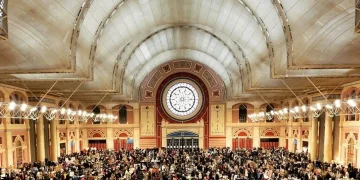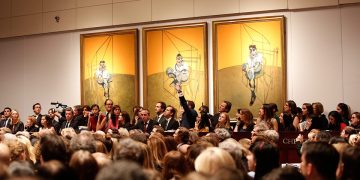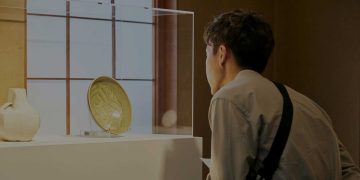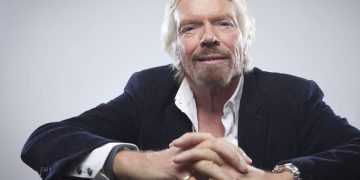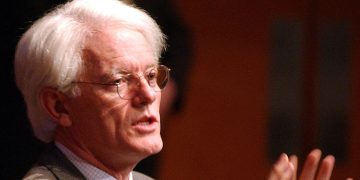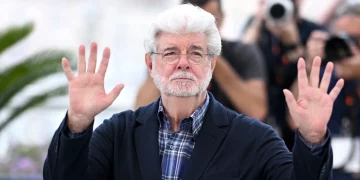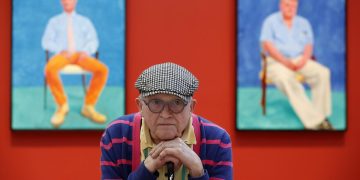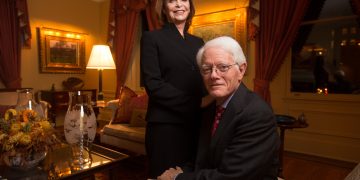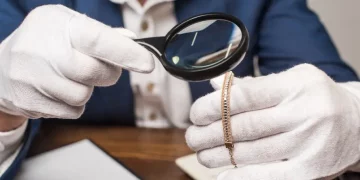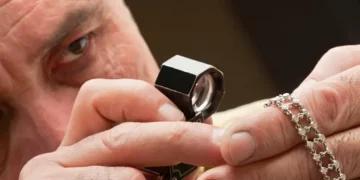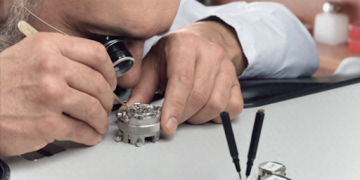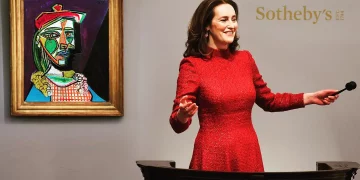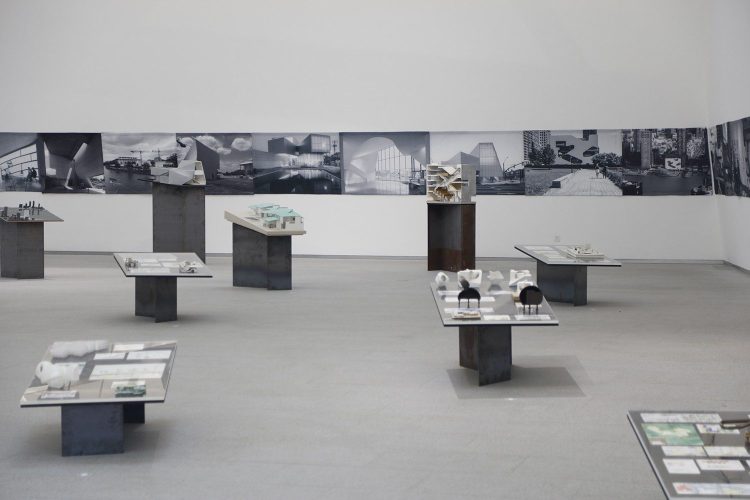In recent years, the world of collecting has evolved significantly. With the rapid advancement of technology and the rise of digital platforms, collectors now have more ways than ever to connect, share, and celebrate their passion. Yet, despite the undeniable power of online communities, there remains something uniquely powerful about the physical experience of attending a live event or exhibition. The combination of online and offline experiences, often referred to as a “hybrid” model, has become a key strategy for gathering and engaging collecting communities.
In this article, we’ll explore how blending online and offline elements in collecting exhibitions and events can create dynamic, engaging, and long-lasting connections within enthusiast communities. From building relationships and sharing knowledge to fostering inclusivity, the hybrid approach is proving to be a game-changer for the world of collecting.
1. Expanding Access and Audience Reach
One of the most significant benefits of combining online and offline events is the ability to reach a much larger and more diverse audience. Traditional collecting exhibitions or events, while highly effective for bringing people together in person, are often limited by geography. Not everyone can attend an event due to distance, time constraints, or other factors.
Online Platforms Enable Global Participation
By incorporating online elements into exhibitions and events, organizers can significantly expand the event’s reach. Virtual galleries, live streaming, and interactive online platforms allow collectors from across the globe to participate without ever leaving their homes. For instance, a live-streamed panel discussion with experts or a virtual tour of an exhibition can allow global participants to experience an event in real time, ask questions, and engage in conversations.
Online features like live auctions, real-time chats, and social media integration also create opportunities for virtual attendees to interact with exhibitors, sellers, and fellow collectors. These virtual spaces mirror the interactions of physical events but remove the limitations of location and time zones.
In-Person Engagement Remains Key
While online engagement provides broader accessibility, in-person experiences remain central to fostering deep, meaningful connections. Physical exhibitions allow collectors to experience the texture, detail, and scale of objects in a way that digital platforms cannot fully replicate. Moreover, in-person interactions—whether at a live auction or during a gallery walk—allow for spontaneous conversations, networking, and the forging of personal connections that are often more challenging to cultivate online.
2. Creating Hybrid Networking Opportunities
Networking is one of the most powerful elements of any collecting community. Whether it’s for exchanging tips, sourcing new items, or discussing investment strategies, face-to-face networking allows collectors to build relationships and trust. However, combining online tools with offline interactions can create additional networking opportunities, enriching the experience for participants.
Interactive Online Communities for Pre-Event Networking
Before an event, online platforms such as social media groups, dedicated event websites, or specialized apps can serve as meeting grounds for collectors to discuss the upcoming exhibition, share their expectations, or even plan meetups. These online spaces build anticipation and allow participants to feel already part of a shared community before attending in person.
Dedicated hashtags, online forums, and interactive event apps enable attendees to share thoughts, ask questions, and engage with speakers or curators. By participating online beforehand, collectors already feel involved in the event, making their in-person experience richer and more meaningful.
Hybrid Panels and Networking Events
At physical exhibitions, organizers can incorporate virtual networking opportunities like Zoom meetups or digital chatrooms, allowing attendees to continue conversations long after the event has ended. Special panel discussions or Q&A sessions can be broadcast online, allowing virtual attendees to engage directly with speakers or exhibitors.
Moreover, creating hybrid events that blend both formats—such as live auctions with virtual bidding—allow collectors who can’t attend in person to participate and engage from anywhere, creating more inclusive and accessible experiences.
3. Expanding Knowledge Sharing and Education
For many collectors, learning and gaining deeper insights into their interests is a core part of the collecting experience. Whether it’s gaining expertise in an area of rare art, understanding how to preserve valuable items, or exploring trends in the collectibles market, educational opportunities are abundant at exhibitions and events.
Virtual Workshops and Webinars
By incorporating online components like webinars, virtual workshops, or educational videos, event organizers can offer valuable resources to both in-person and virtual attendees. For example, a virtual workshop on identifying counterfeit collectibles or a discussion on the market value of certain items can complement the in-person presentations and exhibitions, enhancing the educational value of the event.
Many young and emerging collectors, in particular, benefit from these virtual resources, as they may not have access to the same wealth of knowledge that more experienced collectors possess. Virtual learning platforms democratize this knowledge, making it available to anyone with an internet connection.
Real-Time Q&A Sessions
Another way to combine online and offline experiences is through live-streamed Q&A sessions during exhibitions or events. When a collector, expert, or exhibitor presents a collection, viewers both in person and online can ask questions in real-time. These interactions can help bridge the gap between different levels of expertise and provide invaluable insights into the collection, the artist, or the market.
4. Fostering Inclusivity and Diversity
The traditional world of collecting has often been criticized for being exclusionary, with limited access to certain markets or opportunities for new collectors. However, by leveraging online tools alongside offline events, organizers can create a more inclusive environment that welcomes a wider range of participants.
Accessibility for People with Disabilities
Hybrid events can provide a level of accessibility that traditional, offline-only events may lack. For example, live streaming exhibitions or creating virtual exhibitions with detailed captions and audio descriptions can help individuals with disabilities experience the event in a way they might not be able to at a physical venue. By ensuring both online and offline options, organizers make events more inclusive for all attendees, regardless of physical ability or geographic location.
Bringing Diversity into the Fold
Hybrid events have also made it easier to incorporate a diverse range of voices and perspectives. Online platforms allow for wider representation of different cultures, backgrounds, and experiences. For example, virtual exhibitions or online panels can feature international curators, diverse collectors, and underrepresented perspectives in the collecting world. These inclusive approaches are opening up new avenues for global collaboration, ensuring that the collecting community is as varied and dynamic as the items being collected.

5. Building Long-Term Engagement
The goal of any event or exhibition is not only to offer a one-time experience but also to build long-term engagement within the community. A hybrid approach allows organizers to continue the conversation and maintain connections well after the event has ended.
Ongoing Virtual Communities
Post-event, online communities can continue fostering connections. Online forums, social media groups, and dedicated event apps can become hubs for ongoing discussion, sharing of new finds, and continued learning. These virtual spaces can host follow-up discussions, highlight new exhibitions, or offer updates on the status of collectible items.
Moreover, through platforms like YouTube or Vimeo, content from the exhibition can be made available on demand, allowing those who couldn’t attend in person to experience the highlights. This extended access keeps the event alive in the minds of participants and fosters continuous engagement with the collecting community.
Exclusive Online Content for Attendees
For physical attendees, organizers can offer exclusive digital content post-event, such as behind-the-scenes videos, interviews with exhibitors, or extended views of collections. This adds value to the in-person experience and gives attendees something to look forward to after the event. Virtual attendees can also be given similar access, ensuring that all participants feel they have had a unique, enriching experience, regardless of whether they attended in person or virtually.
6. Enhancing Marketability and Revenue Streams
The integration of online and offline events has also provided new opportunities for event organizers to market and monetize their events. The hybrid model opens up additional revenue streams, as it allows organizers to cater to both live audiences and virtual participants.
Virtual Sales and Auctions
Incorporating digital sales and auctions into physical exhibitions can significantly increase revenue by attracting a wider audience. Rare collectibles, whether art, antiques, or memorabilia, can be sold to both in-person and online bidders, expanding the pool of potential buyers. Organizers can use online platforms to host auctions in tandem with physical displays, creating an atmosphere of excitement and competition for valuable items.
Merchandising and Online Storefronts
For exhibitors and event organizers, hybrid events provide opportunities for merchandising and sales. Collectibles, prints, and other items showcased at an exhibition can be sold through an online storefront, allowing attendees to make purchases after the event has concluded. For collectors, this also means easier access to exclusive items, without being constrained by the limitations of a physical space.
Conclusion: The Power of Hybrid Collecting Events
The future of collecting events lies in the combination of online and offline experiences. By embracing both digital platforms and physical spaces, event organizers are able to create inclusive, engaging, and far-reaching communities that enhance the experience for collectors around the world. The hybrid model provides accessibility, fosters meaningful interactions, and opens up new revenue and educational opportunities, all while maintaining the tactile, personal nature of in-person events.
As the collecting world continues to evolve, the blending of online and offline methods will remain central to its growth, ensuring that collectors—whether old or new—can continue to share, learn, and grow together in a dynamic and interconnected global community.


